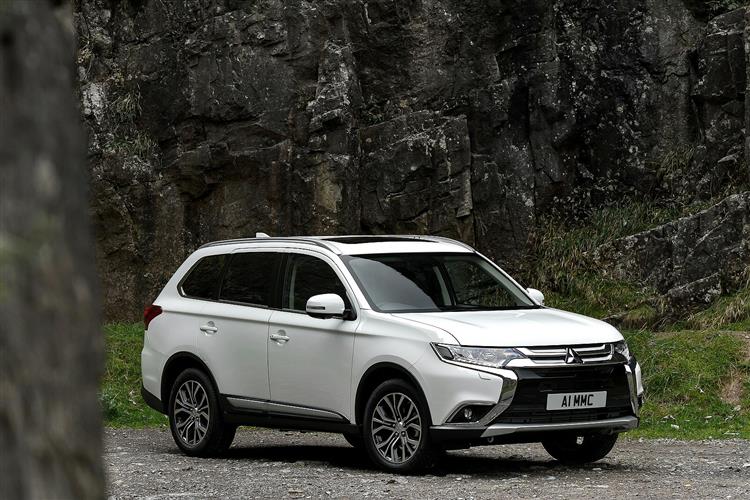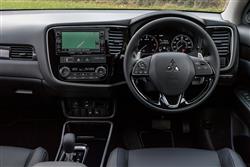How will you view?
This is a sample, showing 30 seconds of each section.
OUT AND OUT SENSE (some text hidden) SECTIONED_new_mitsubishioutlanderpetrol_2019
By Jonathan Crouch
Introductionword count: 93
Think of a Mitsubishi Outlander SUV and you tend to think of Plug-in Hybrid power. The brand also though, offered a conventional 2.0-litre 150PS petrol version in the 2018-2021 period, which is much more affordable and will be a better bet if you regularly tow or drive off road. Plus it gives you the third seating row that PHEV variant buyers can't have. And it undercuts most of its 'D'-segment SUV rivals on price. For sure, you get old-school virtues here, but there's certainly still a place for this Mitsubishi in this form.
Modelsword count: 4
5dr SUV (2.0 petrol)
Historyword count: 248
The third generation Outlander SUV rejuvenated Mitsubishi's sales in this country, but only in PHEV guise. Few people wanted this design in its more conventional 2.0-litre petrol un-electrified form, even though that variant was better off-road and included the 3rd seating row that Plug-in models couldn't have. We first saw this third generation Outlander design back in 2013, when it was launched with a 2.2-litre DI-D diesel engine. The PHEV version followed in 2014 and instantly transformed the Plug-in hybrid market segment across Europe, racking up over 115,000 sales in the following four years. By 2018 though, the Outlander was facing greater challenges: not only the age of its design but also the abolition of the UK government Plug-in Car Grant that had previously done much to promote sales of the PHEV version. Mitsubishi's response was delivered in two parts. Firstly, the brand introduced significant changes to the Outlander PHEV, including a fresh 2.4-litre petrol engine mated to improved electrical technology, plus there was a classier cabin. The idea was to reassure buyers that this variant really could justify premium pricing. For those unable to stretch to the required asking figures but still wanting an Outlander, the brand changed its approach with regard to its range of conventionally-engined models, deleting the 2.2-litre diesel option and offering instead a more affordable 150PS 2.0-litre petrol powerplant. But sales were slow and the Outlander range finally left the British market when the Mitsubishi brand pulled out at the end of 2021.
What You Getword count: 245
This isn't an SUV you'd buy to make a driveway statement but in its own way, it's a smartly functional bit of automotive technology. As for the changes made as part of the 2018 model year update to this third generation Outlander design, well they were relatively minor. Mitsubishi did, after all, make far-reaching aesthetic improvements to this car in 2016. Nevertheless, the company wasn't able to resist further tinkering with what it called its 'Dynamic Shield' design direction, though you'd probably have to be either a previous owner or a brand enthusiast to notice the changes. And behind the wheel? Well Mitsubishi upgraded the cabin of this car quite a bit as part of changes made to this car back in 2016, which didn't leave much scope for many further changes that could be made to this 2019 model year car without a complete cabin re-design. This improved model did get a restyled instrument cluster. And the front seats were re-contoured to give more lateral cornering support. There's comfortable room for a couple of adults on the back seat. The PHEV version's bulky battery pack prevents it from offering something you can have on this conventional petrol model - a third seating row. The extra chairs are really only intended for children, but they are separate, properly-sprung seats with integral head restraints and reclining backrests. Out back, there's a 781-litre boot when that third row bench is flat, 50-litres more than the PHEV version.
To see the full road test text contact us on 0330 0020 227
Pictures (high res disabled)

.jpg)
|
.jpg)
|
.jpg)
| |||
.jpg)
|

|
Scoring (subset of scores)
Category: Crossover or SUV 4x4s
| Performance | |
| Handling | |
| Comfort | |
| Space | |
| Styling, Build, Value, Equipment, Depreciation, Handling, Insurance and Total scores are available with our full data feed. | |



